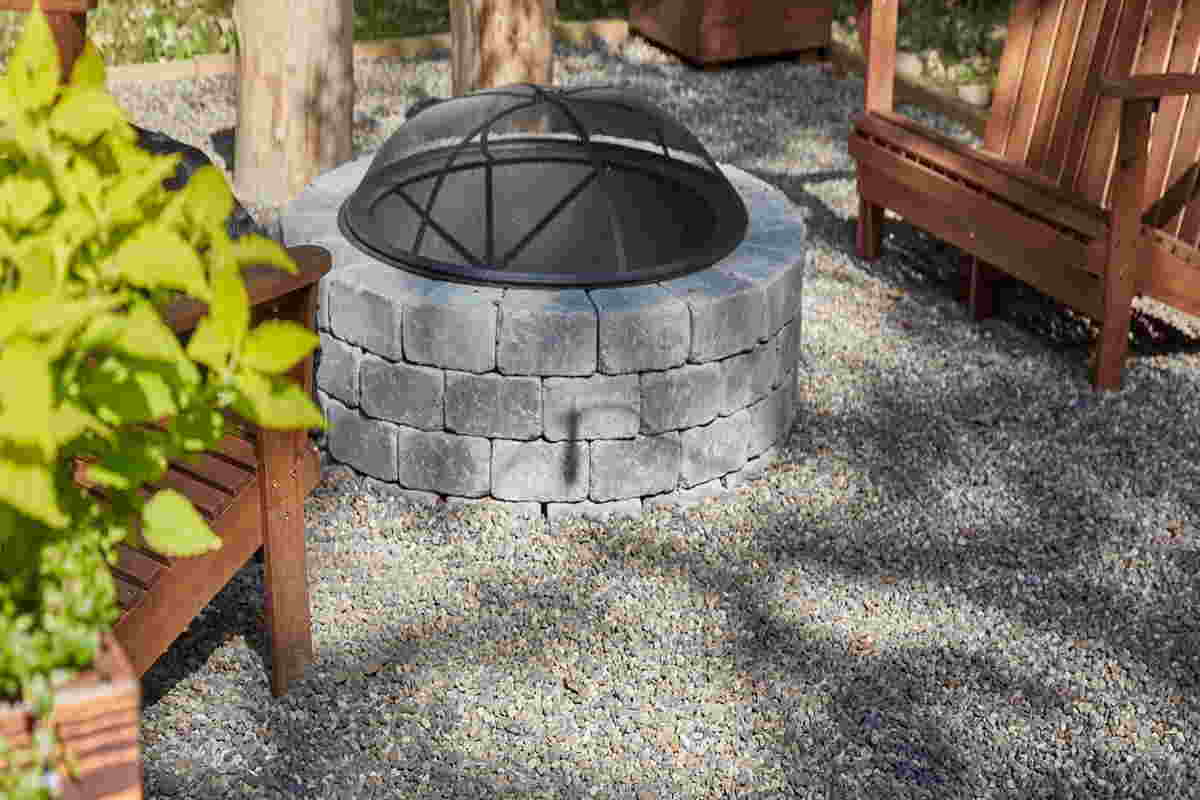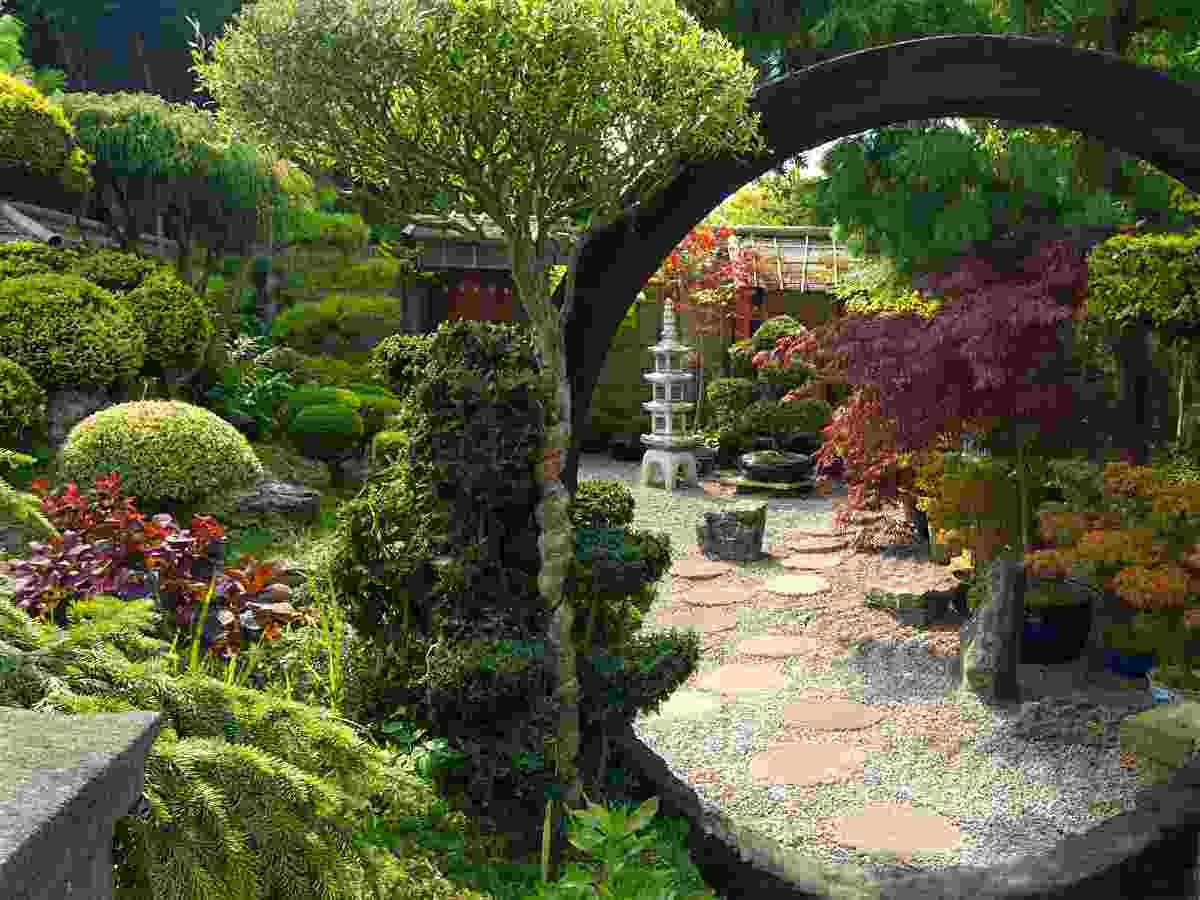Landscape construction is much more than just an outdoor project; it’s an artful journey that transforms a vision into a vibrant, living space. It begins with a detailed plan, meticulously crafted to reflect your unique style and functional needs.
Each phase, from site preparation to the final planting, is executed with precision, harmoniously blending hardscaping elements like pathways and water features with the soft beauty of plants and greenery.
This process also integrates essential systems like irrigation and lighting, ensuring the landscape is not only aesthetically pleasing but also sustainable and practical.
Master Groups explain that the result is not just a garden but a personalised sanctuary that resonates with life and beauty, a testament to the skill and creativity behind landscape construction.
- Initial Consultation: Laying the Groundwork
The first step is always about understanding your vision and needs. This is where you meet with the landscaping team from Master Groups to discuss your ideas, preferences, and desired outcomes.
It’s a collaborative process where your dream begins to take shape. Imagine sitting down with a team of experts who wanted a native, wildlife-friendly garden. This stage is all about setting the right foundation.









